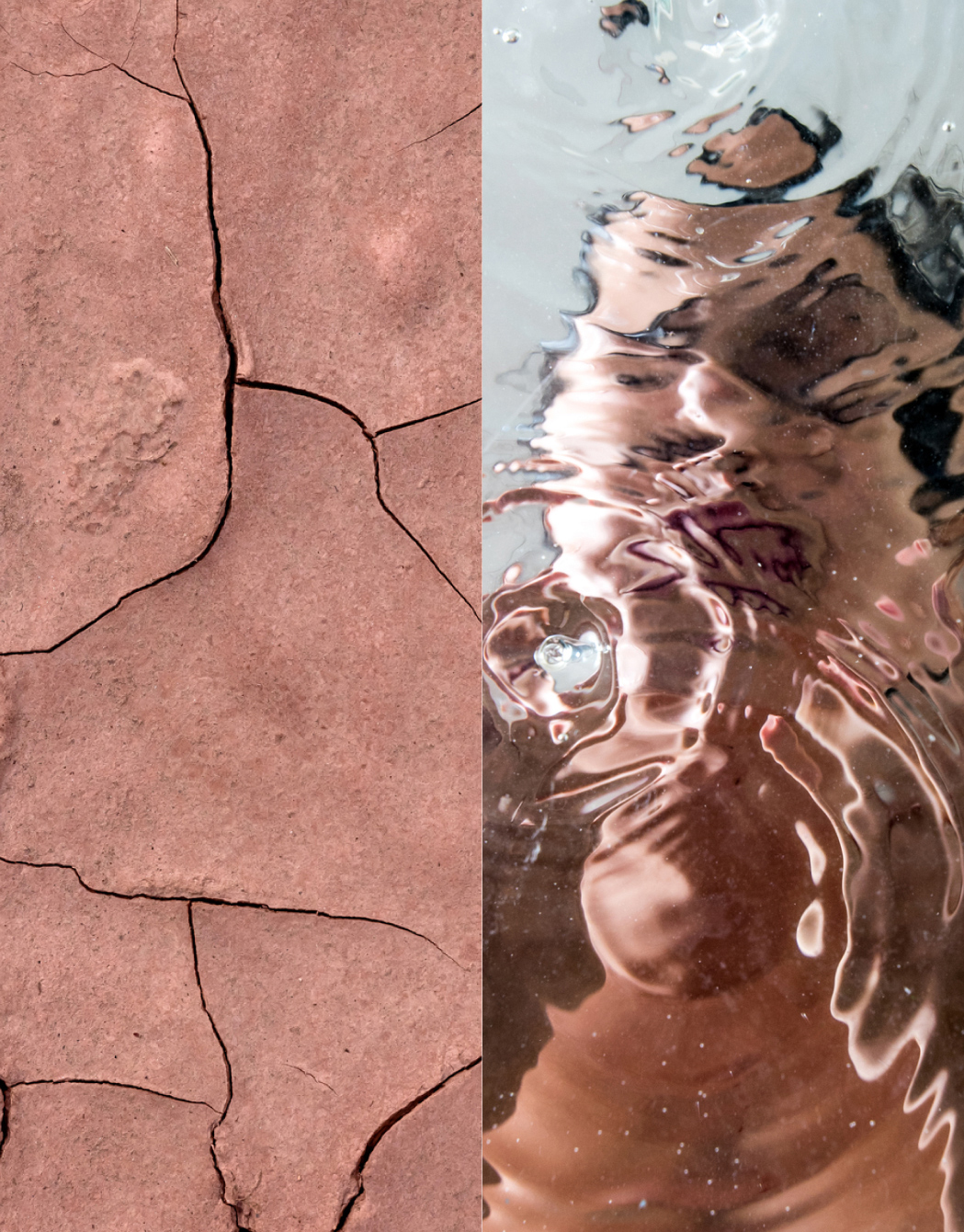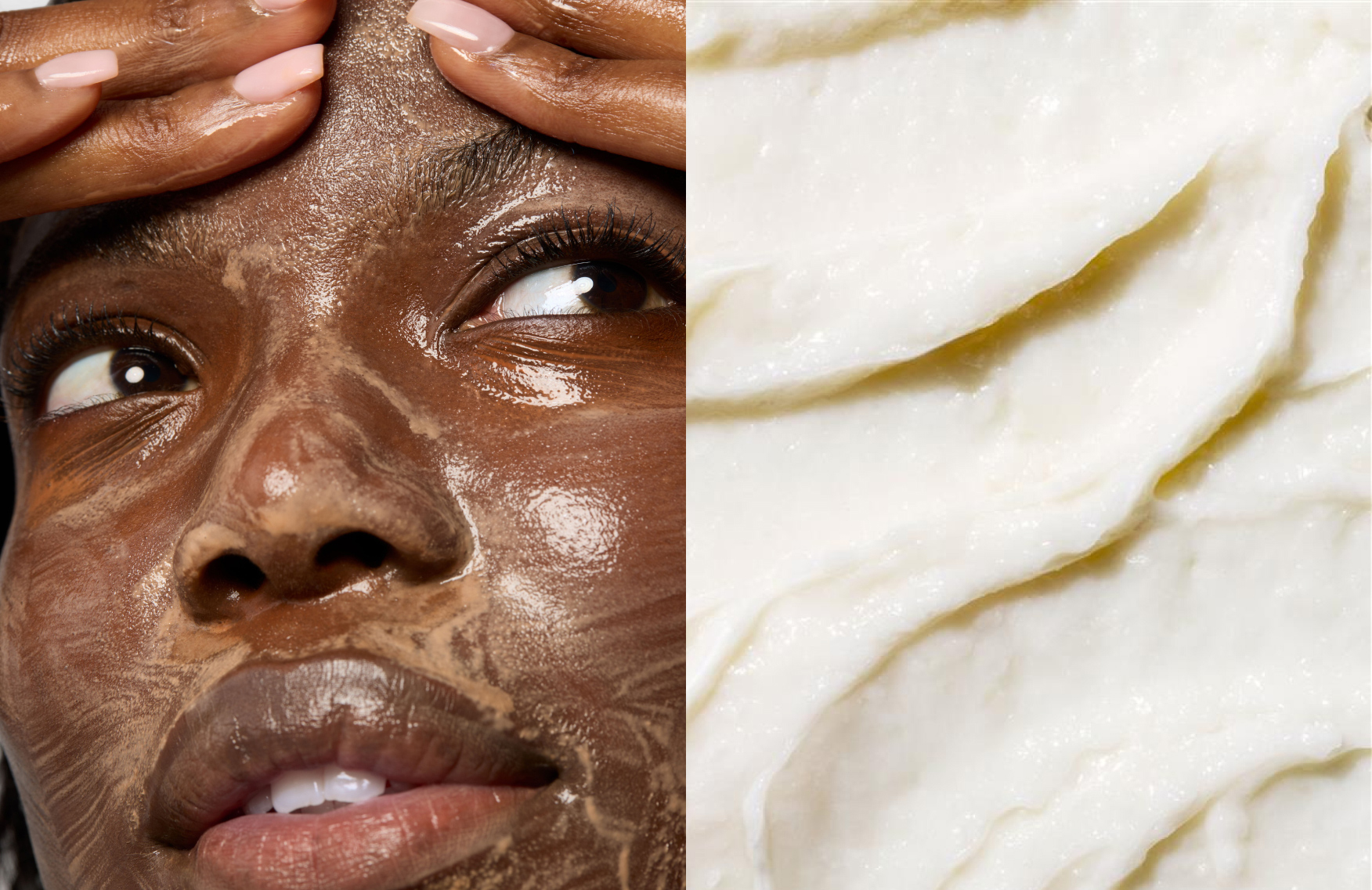Sniff tests and product cocktails: What experts are *not* telling you about vitamin C and your skin

When it’s time for glowing skin, derms agree it’s time for vitamin C. What we always hear about vitamin C: It’s a clinically proven skincare powerhouse that helps brighten dark spots and boost radiance. But facts like potency, percentages and how it plays with other ingredients are still cloudy sometimes. We asked Dr. Corey L. Hartman—assistant clinical professor of dermatology at University of Alabama and founder of Skin Wellness Dermatology—to shine light on what we usually don’t hear about this perennially popular ingredient.
It should pass the sniff test
Vitamin C is notoriously prone to “oxidizing,” or losing efficacy. Like how a sliced apple turns brown, vitamin C “can break down when it’s exposed to light or air,” Dr. Hartman explains. “Always check expiration dates on products. If you notice a sour smell or discoloration, it’s most likely breaking down.”
It’s preventative
“Collagen production peaks at age 22 and decreases every decade thereafter,” Dr. Hartman notes. Free radicals (oxidants from UV light and pollution) are one of the biggest contributors to collagen loss. Antioxidants like vitamin C diffuse free radicals to prevent skin damage, thereby helping healthy collagen stay intact to prevent sagging and sallow skin.
It’s not the form, but how much
Vitamin C by any other name—like ascorbic acid, ascorbate, etc.—is still always l-ascorbic acid. That’s why Dr. Hartman advises looking at the percentage in products, whenever possible. Based on his experience, “the ideal concentration of vitamin C in a topical form is 20%.”
It has friends in the business
Love to “cocktail” your skincare? Vitamin C plays well with other antioxidants like vitamin E (tocopherol) and ferulic acid. “Together, they have optimal absorption benefits when it comes to anti-aging, skin brightening and protection against free radical damage,” Dr. Hartman says. “It also plays well with vitamin B and hyaluronic acid.” On the other hand, he points out that pH levels in retinol and niacinamide may cause incompatibility with vitamin C.
It’s worth noting, however, that dermatologists often take different stances on how vitamin C mixes with other ingredients, so if you can’t bear the thought of giving up your retinol or niacinamide, try applying them at night and vitamin C in the morning. If you want to use them at the same time, Hartman recommends waiting a half-hour between applications.
It works best in leave-on treatments
“Vitamin C is best delivered to the skin via a serum due to its thinner vehicle, and its ability to be readily absorbed into the skin,” Dr. Hartman explains. “[Leave-on treatments] are also meant for long-term exposure to skin and maximum absorption [in contrast to cleansers that rinse away].” Vitamin C has also been shown to enhance SPF’s skin-protecting benefits.
It should be eaten, too, for optimal benefits
“Vitamin C isn’t produced by the body,” Dr. Hartman notes. Thus, we need to consume nutrient-rich foods and supplements to compensate. Citrus fruits are famously rich in the vitamin C, but kakadu plums, guavas, sweet yellow peppers and (gram-for-gram) thyme actually pack even more.


